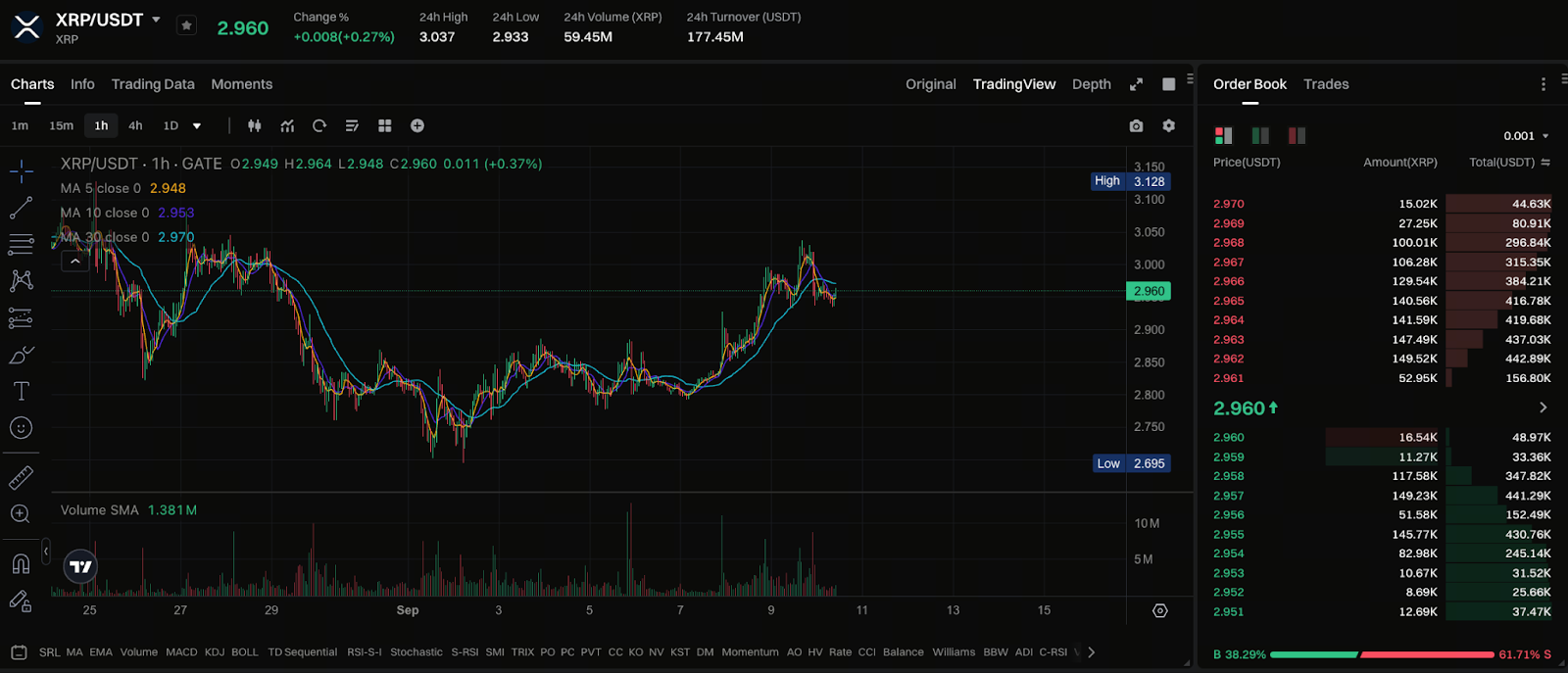XRP Burn: How Ripple’s Deflationary Mechanism Influences XRP Price Trends
What Is XRP Burn?
XRP Burn refers to intentionally destroying a portion of XRP tokens to reduce the circulating supply, which can potentially influence the asset's market price. Ripple’s XRP Ledger (XRPL) features a built-in deflationary mechanism—each transaction permanently removes a small amount of XRP (typically 0.00001 XRP)—serving to prevent spam attacks and improve network efficiency.
XRP’s Deflationary Mechanism: Transaction Fee Burn

Image source: https://www.gate.com/trade/XRP_USDT
By mid-2025, the XRPL is projected to burn roughly 985,500 XRP annually, equating to a daily average of 3,000–4,000 tokens. With Automated Market Makers (AMMs) now part of the ecosystem, each new liquidity pool requires a 2 XRP fee, further accelerating supply reduction.
Potential Impact of Ripple’s Burn Initiative
There have been recent rumors that Ripple is considering burning 10% of the total XRP supply—approximately 1 billion tokens. While this initiative has not been officially confirmed, its implementation could substantially shrink circulating supply and potentially drive price movements.
Long-Term Price Effects of XRP Burn
Analysis indicates that if XRP supply decreases and demand remains constant, prices may rise. For example, Gemini forecasts that halving the circulating supply could push XRP's price to approximately $6.12, with more optimistic scenarios projecting up to $15.30.
Conclusion: Looking Ahead to XRP Burn
XRP’s deflationary mechanisms and potential burn proposals could impact its market price. However, long-term trends will be shaped by a confluence of factors, including market demand, technological advancements, and regulatory frameworks. Investors should closely monitor these dynamics to make well-informed decisions.
Related Articles

2025 BTC Price Prediction: BTC Trend Forecast Based on Technical and Macroeconomic Data

Flare Crypto Explained: What Is Flare Network and Why It Matters in 2025

Pi Coin Transaction Guide: How to Transfer to Gate.com

How to Use a Crypto Whale Tracker: Top Tool Recommendation for 2025 to Follow Whale Moves

What is N2: An AI-Driven Layer 2 Solution
